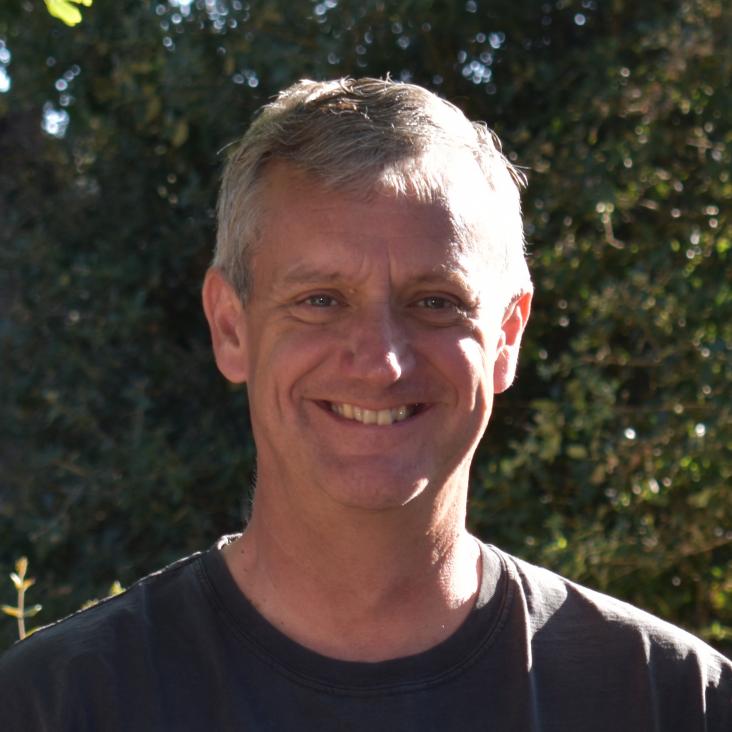The science of EChO
Proceedings of the International Astronomical Union Cambridge University Press (CUP) 6:S276 (2010) 359-370
Venus Cloud Properties from Venus Express VIRTIS Observations
AAS/Division for Planetary Sciences Meeting Abstracts #42 42 (2010) 994-994
Potential for stratospheric Doppler windspeed measurements of Jupiter by sub-millimetre spectroscopy
Planetary and Space Science 58:11 (2010) 1489-1499
Abstract:
The sub-millimetre/microwave range of the spectrum has been exploited in the field of Earth observation by many instruments over the years and has provided a plethora of information on atmospheric chemistry and dynamicshowever, this spectral range has not been fully explored in planetary science, having been exclusively employed to carry out ground-based measurements. To this end, a sub-millimetre instrument, the Orbiter Terahertz Infrared Spectrometer (ORTIS), is studied by the University of Oxford and the Rutherford Appleton Laboratory, to meet the requirements of the European Space Agency's Cosmic Visions 2015-2025 programme-in particular, the Europa Jupiter System Mission (EJSM), which has the European Space Agency and the National Aeronautics and Space Administration as partners. ORTIS is designed to measure atmospheric temperature, the abundance of stratospheric water vapour and other jovian gases, and is intended to be capable of retrieving vertical profiles of horizontal windspeed in the stratosphere for the first time, from Doppler-shifted emission lines measured at high spectral resolution. In this work, a preliminary study and implementation of the estimation of windspeed profiles on simulated spectra representative of Jupiter is presented, detailing the development of the retrieval algorithm, showing that a sub-millimetre instrument such as ORTIS should be able to retrieve windspeed profiles to an accuracy of about 15 m/s between 70 and 200 km/0.1-10 mb using a single near-limb measurement, for expected noise amplitudes. © 2010 Elsevier B.V.. All rights reserved.Revised vertical cloud structure of Uranus from UKIRT/UIST observations and changes seen during Uranus' Northern Spring Equinox from 2006 to 2008: Application of new methane absorption data and comparison with Neptune
Icarus 208:2 (2010) 913-926
Abstract:
Long-slit spectroscopy observations of Uranus by the United Kingdom InfraRed Telescope UIST instrument in 2006, 2007 and 2008 have been used to monitor the change in Uranus' vertical and latitudinal cloud structure through the planet's Northern Spring Equinox in December 2007.These spectra were analysed and presented by Irwin et al. (Irwin, P.G.J., Teanby, N.A., Davis, G.R. [2009]. Icarus 203, 287-302), but since publication, a new set of methane absorption data has become available (Karkoschka, E., Tomasko, M. [2010]. Methane absorption coefficients for the jovian planets from laboratory, Huygens, and HST data. Icarus 205, 674-694.), which appears to be more reliable at the cold temperatures and high pressures of Uranus' deep atmosphere. We have fitted k-coefficients to these new methane absorption data and we find that although the latitudinal variation and inter-annual changes reported by Irwin et al. (2009) stand, the new k-data place the main cloud deck at lower pressures (2-3. bars) than derived previously in the H-band of ∼3-4. bars and ∼3. bars compared with ∼6. bars in the J-band. Indeed, we find that using the new k-data it is possible to reproduce satisfactorily the entire observed centre-of-disc Uranus spectrum from 1 to 1.75μm with a single cloud at 2-3. bars provided that we make the particles more back-scattering at wavelengths less than 1.2μm by, for example, increasing the assumed single-scattering albedo from 0.75 (assumed in the J and H-bands) to near 1.0. In addition, we find that using a deep methane mole fraction of 4% in combination with the associated warm 'F' temperature profile of Lindal et al. (Lindal, G.F., Lyons, J.R., Sweetnam, D.N., Eshleman, V.R., Hinson, D.P. [1987]. J. Geophys. Res. 92, 14987-15001), the retrieved cloud deck using the new (Karkoschka and Tomasko, 2010) methane absorption data moves to between 1 and 2. bars. The same methane absorption data and retrieval algorithm were applied to observations of Neptune made during the same programme and we find that we can again fit the entire 1-1.75μm centre-of-disc spectrum with a single cloud model, providing that we make the stratospheric haze particles (of much greater opacity than for Uranus) conservatively scattering (i.e ω=1) and we also make the deeper cloud particles, again at around the 2. bar level more reflective for wavelengths less than 1.2μm. Hence, apart from the increased opacity of stratospheric hazes in Neptune's atmosphere, the deeper cloud structure and cloud composition of Uranus and Neptune would appear to be very similar. © 2010 Elsevier Inc.MI-6: Michigan interferometry with six telescopes
Proceedings of SPIE--the International Society for Optical Engineering SPIE, the international society for optics and photonics 7734 (2010) 77340g-77340g-12


